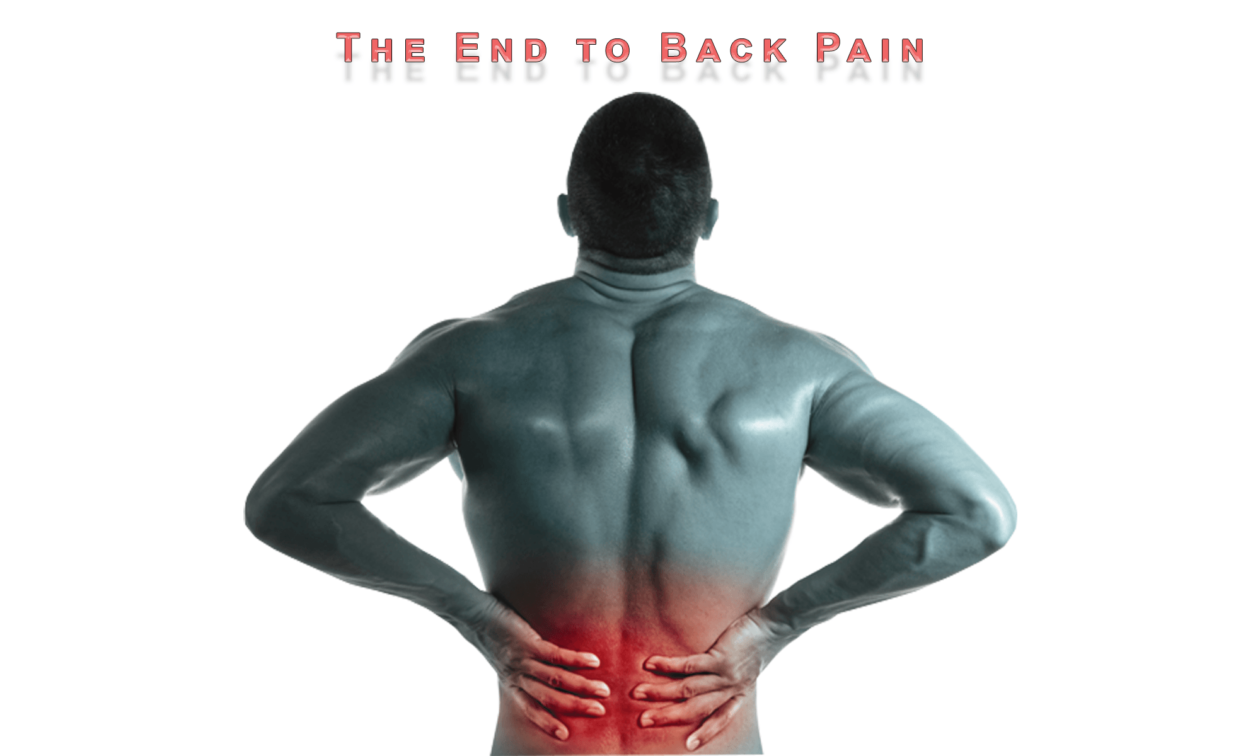Purpose
Lumbar Spine Force Sensing Device uses motion analysis to identify biomechanical factors that can increase risk of lower back pain and longer-term injuries. The device will also predict future injury using our novel algorithmic logic code.
Background Information
Lumbar Movement
Moments are created about joints in the body due to gravity and inertial forces. In the interest of this project, moments about the L4/L5 joint in the lumbar spine will be determined mathematically. Tissues of the spine at the lumbar inter-vertebral joint produce an extensor moment of force to counteract this generated moment to maintain stability. The tissues consist of passive tissue and active musculature.
Anatomy: Passive Tissue and Active Musculature
The lumbar extensor muscles consist of longissimus thoracis and iliocostalis lumborum fibers that act obliquely to the spine’s axis of compression. Due to this anatomical orientation, these muscles produce posterior shear on the superior vertebrae. The passive tissues in the spine include the intervertebral discs and the interspinous and intertransverse ligament complexes. In the interest of this project, the interspinous ligament complex will be observed as it produces anterior shear on the superior vertebrae.

Lordosis (lumbar curvature) and Effects on Moment Extensor Demand
Lordosis is the curvature of the lumbar spine. In common practice, athletes are instructed to maintain a neutral spine or neutral lordosis. As inertial load is increased, the active musculature responds by increasing activation and therefore increasing extensor moment contribution. Interestingly, the passive tissue contribution remains constant. However, an athlete may deviate from a neutral spine in either extension or flexion. In the case of flexion, ligaments are strained and anterior shear forces are increased. Consequently, this increases the extensor moment contribution of the anterior longitudinal ligament and decreases that of the active musculature.
Injuries
In regards to injury, many cycles of compression and flexion can cause disc herniation. Therefore, it is important to monitor compression and shear forces acting on the L4/L5 joint, which experiences the greatest degree of flexion in the lumbar spine. It is equally important to monitor the degrees of flexion and extension that occur during a duration of squat exercises. By doing so, the athlete will be more conscious about their form and therefore reduce the chances of experiencing lower back pain because of this compound exercise.
References
[1] McGill, S. M., and R. W. Norman. Dynamically and statically determined low back moments during lifting. J. Biomech. , 1985.doi:10.1016/0021-9290(85)90032-6
